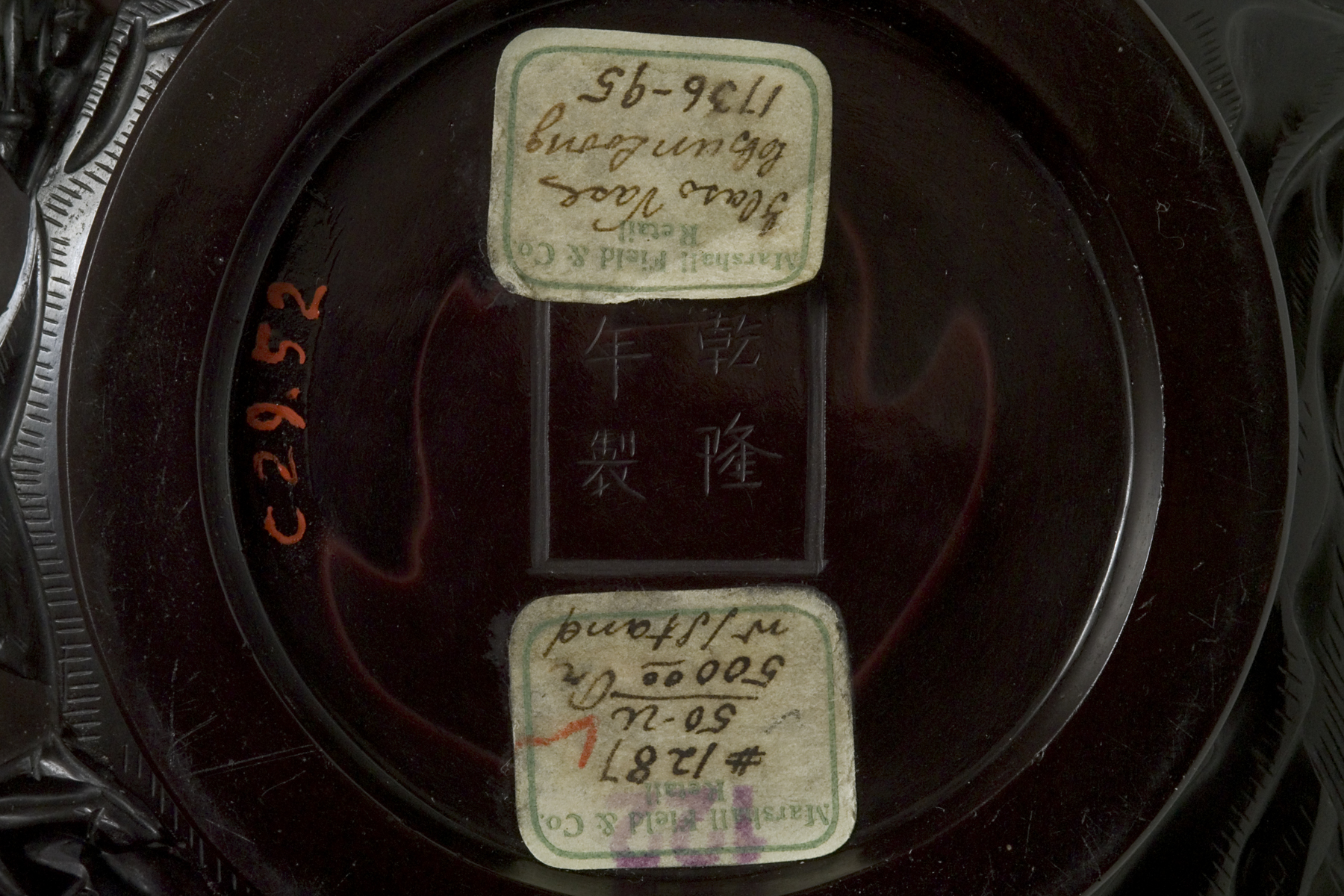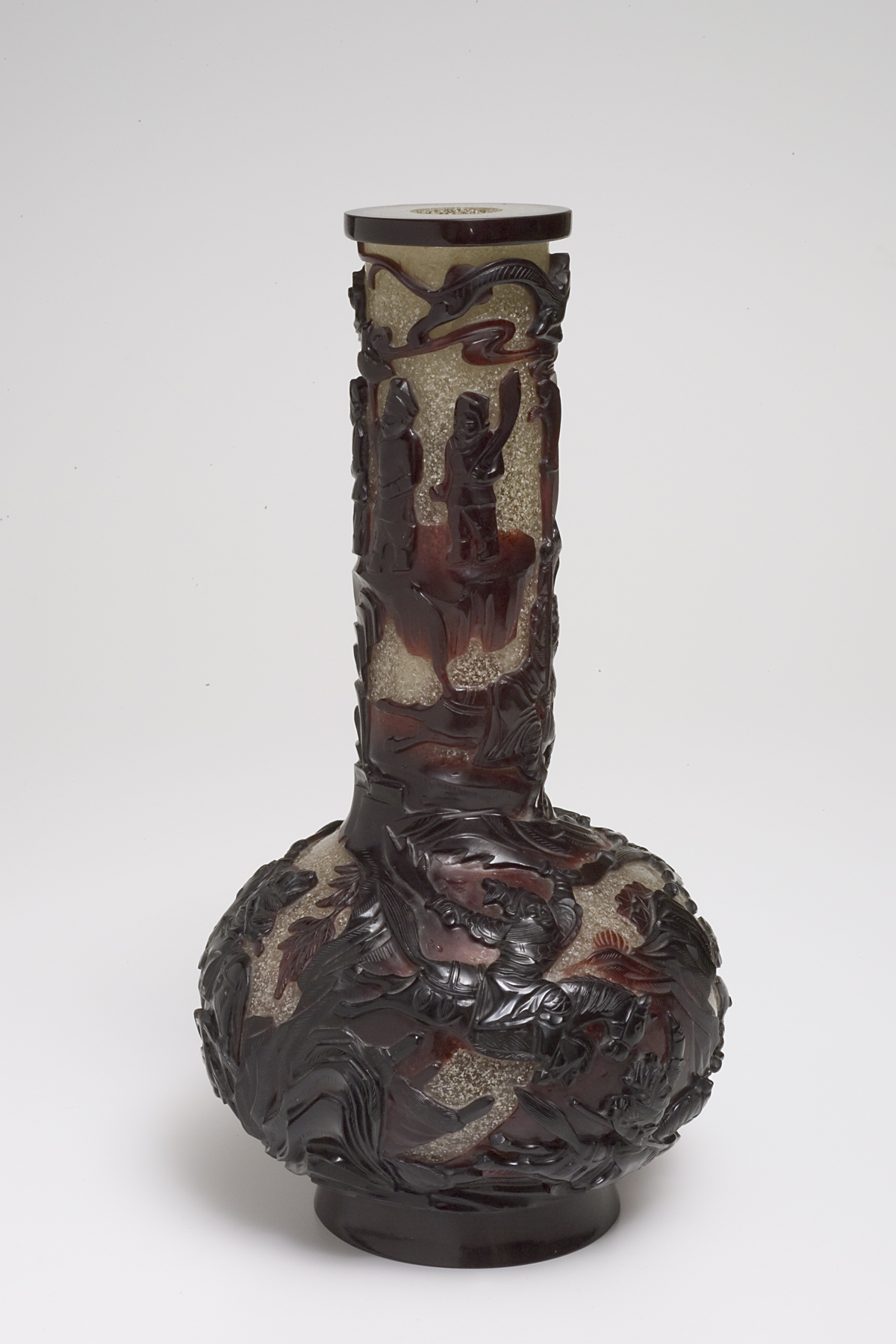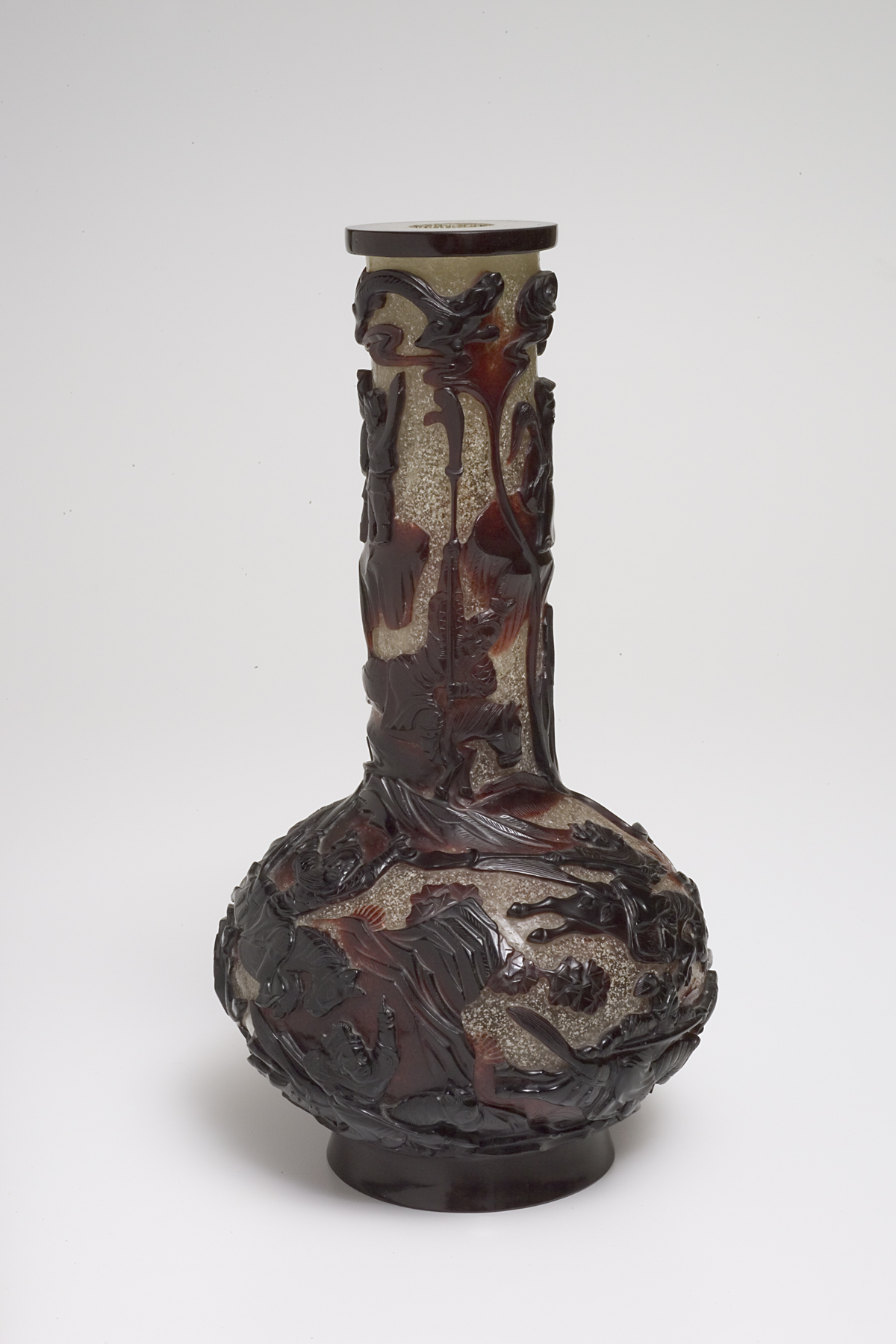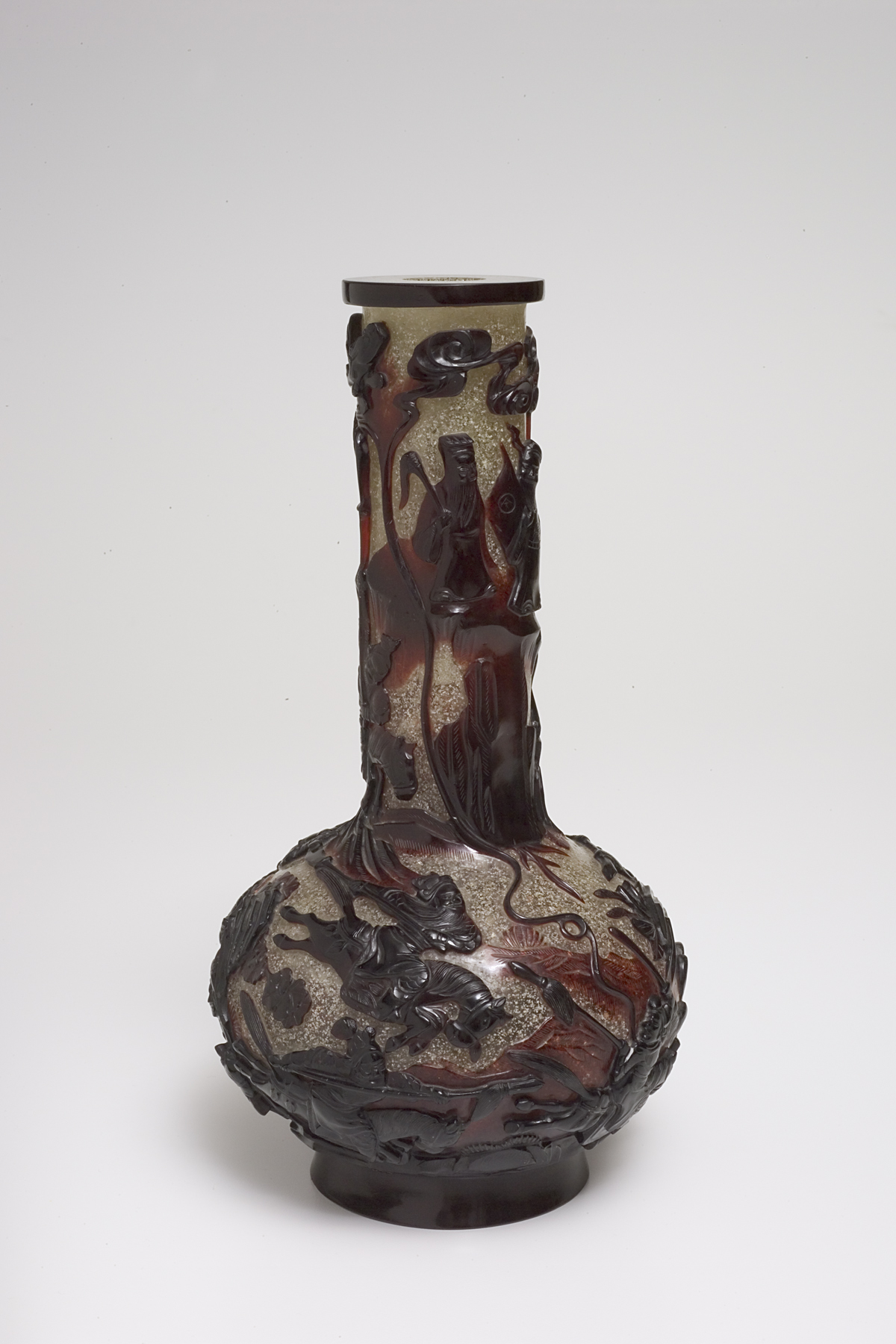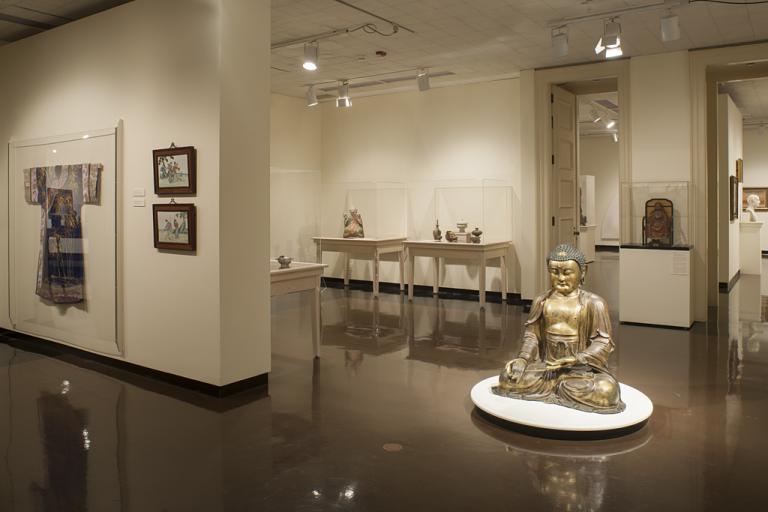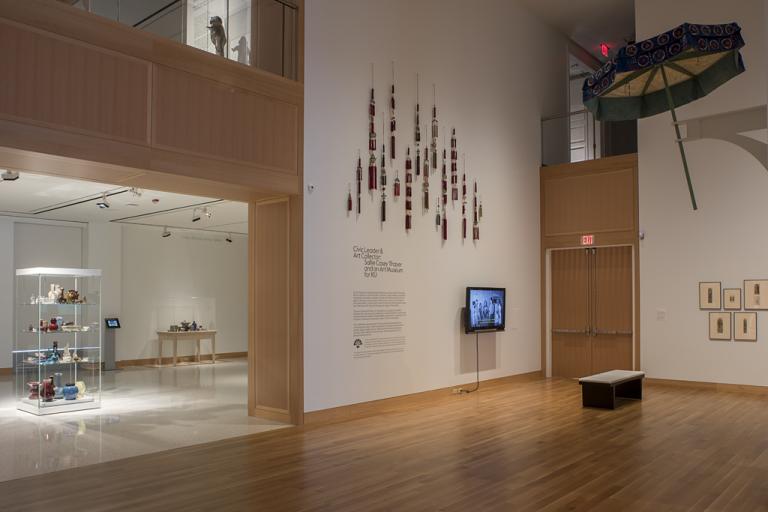vase, unknown maker from China
Artwork Overview
vase
, mid 1700s, Qing dynasty (1644–1911)
Where object was made: China
Material/technique: glass
Credit line: William Bridges Thayer Memorial
Accession number: 1929.0052
Not on display
If you wish to reproduce this image, please submit an image request

